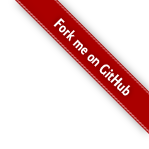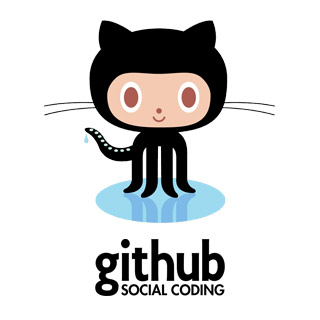The ability to follow your friends, and receive notifications when they post new activity, is a vital part of what makes a social network – well – social.
With a distributed social platform like idno, this presents a bit of a problem.
In a previous post, I mooted a specification that would allow for distributed friend/follow/notification on Idno, and any indieweb platform that chooses to support the protocol.
Since it’s always a good thing to have a reference implementation for these things, I put together a couple of plugins that implement the spec. The first, Subscribe, provides the basic engine – the protocol endpoint, together with a subscriber and subscription list page. The second, SubscriptionNotification, provides a visual notification mechanism, via a popup label, and a summary page.
This is highly experimental, and is subject to change as we flesh out the mechanism, but I think it’s a good start.

